Explore the evolution of brain–computer interface (BCI) technology, including its fundamental limitations and future prospects.
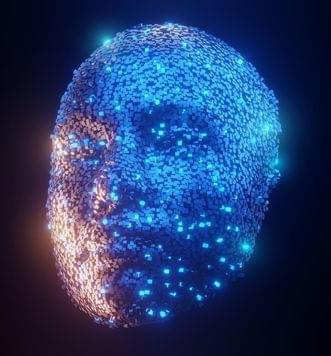

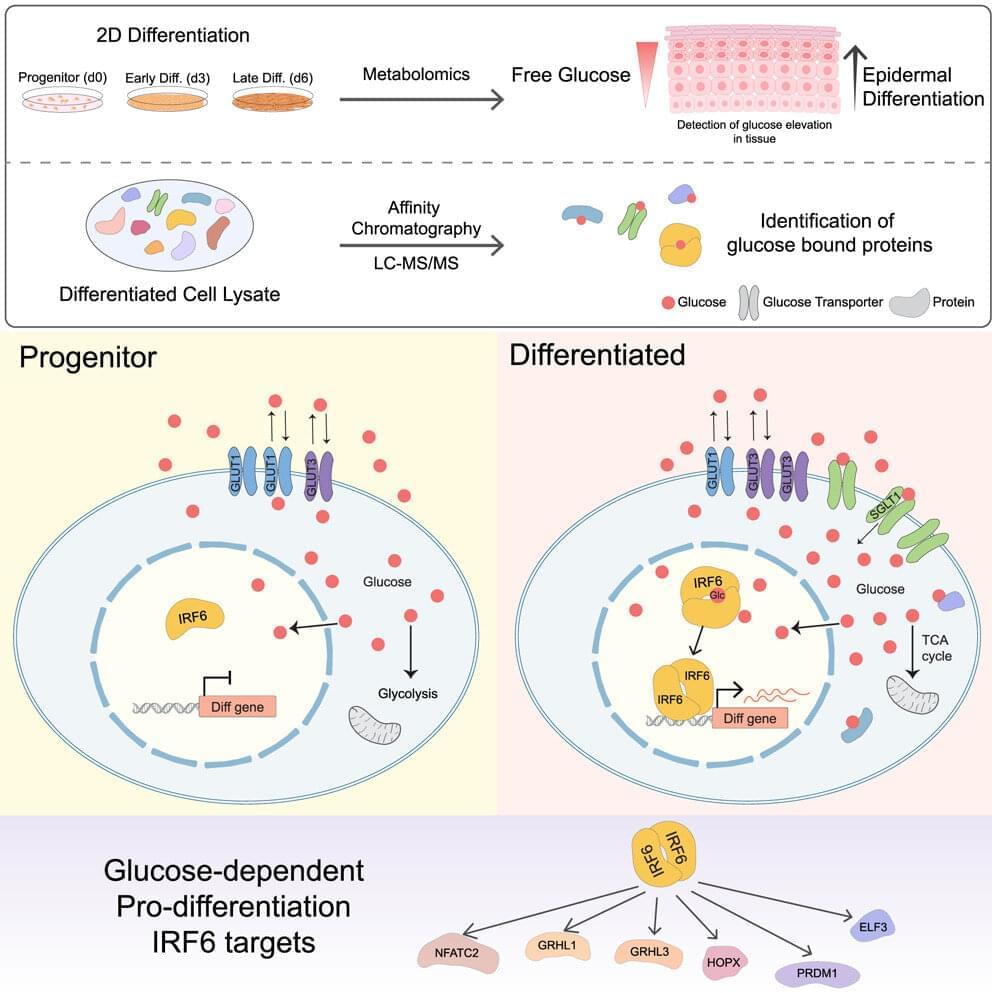
The sugar glucose, which is the main source of energy in almost every living cell, has been revealed in a Stanford Medicine study to also be a master regulator of tissue differentiation—the process by which stem cells give rise to specialized cells that make up all the body’s tissues.
It does so not by being catabolized, or broken down, to release the energy sequestered in its chemical bonds, but instead by binding in its intact form to proteins that control which genes in the genome are made into proteins and when.
The discovery of glucose’s undercover double life was so surprising the researchers spent several years confirming their findings before publishing their results.
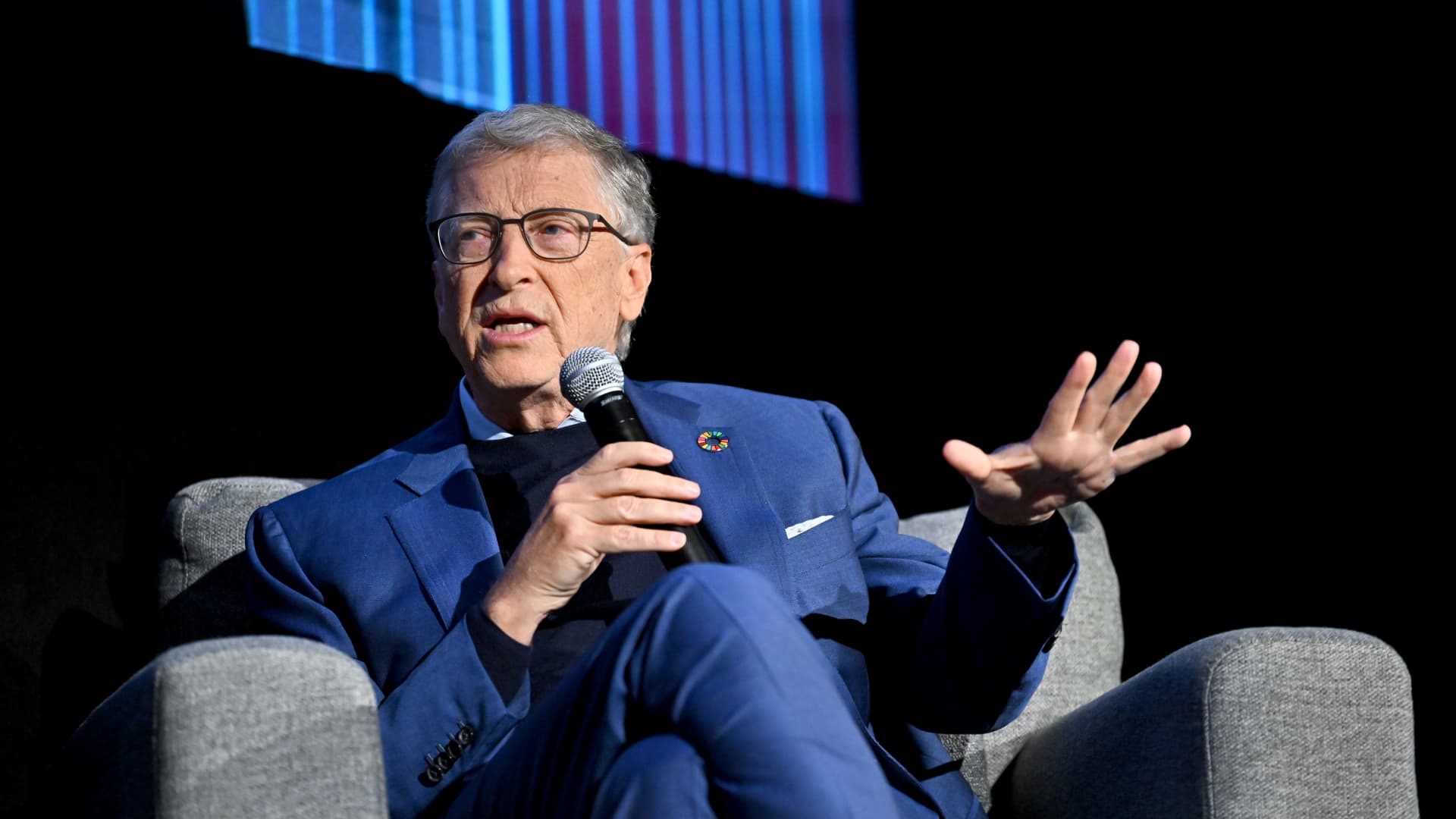
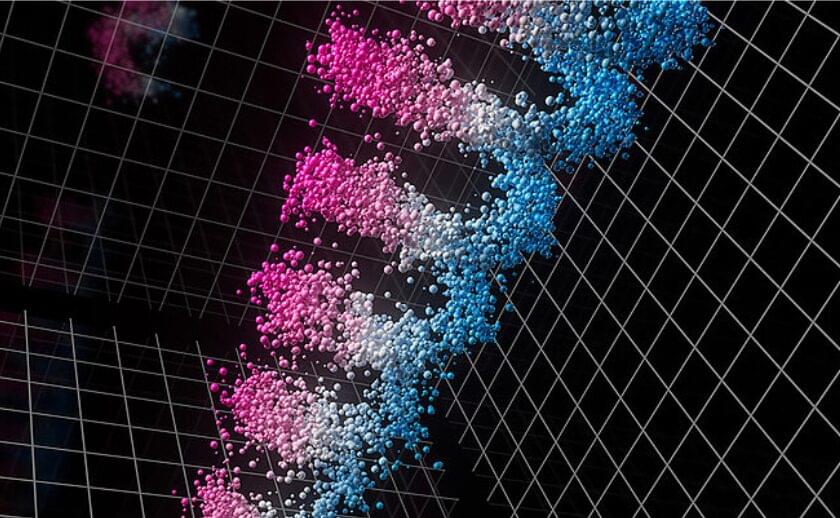
To detect the quantum tornado in momentum space, the Würzburg team enhanced a well-known technique called ARPES (angle-resolved photoemission spectroscopy). “ARPES is a fundamental tool in experimental solid-state physics. It involves shining light on a material sample, extracting electrons, and measuring their energy and exit angle. This gives us a direct look at a material’s electronic structure in momentum space,” explains Ünzelmann. “By cleverly adapting this method, we were able to measure orbital angular momentum. I’ve been working with this approach since my dissertation.”
ARPES is rooted in the photoelectric effect, first described by Albert Einstein and taught in high school physics. Ünzelmann had already refined the method in 2021, gaining international recognition for detecting orbital monopoles in tantalum arsenide. Now, by integrating a form of quantum tomography, the team has taken the technique a step further to detect the quantum tornado — another major milestone. “We analyzed the sample layer by layer, similar to how medical tomography works. By stitching together individual images, we were able to reconstruct the three-dimensional structure of the orbital angular momentum and confirm that electrons form vortices in momentum space,” Ünzelmann explains.
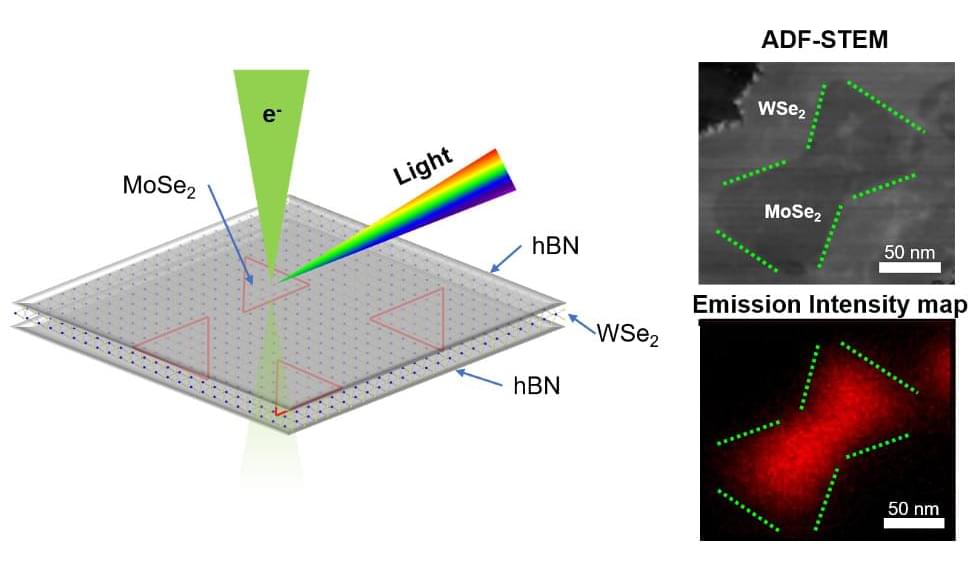
Newly achieved precise control over light emitted from incredibly tiny sources, a few nanometers in size, embedded in two-dimensional (2D) materials could lead to remarkably high-resolution monitors and advances in ultra-fast quantum computing, according to an international team led by researchers at Penn State and Université Paris-Saclay.
In a recent study, published in ACS Photonics, scientists worked together to show how the light emitted from 2D materials can be modulated by embedding a second 2D material inside them — like a tiny island of a few nanometers in size — called a nanodot. The team described how they achieved the confinement of nanodots in two dimensions and demonstrated that, by controlling the nanodot size, they could change the color and frequency of the emitted light.
“If you have the opportunity to have localized light emission from these materials that are relevant in quantum technologies and electronics, it’s very exciting,” said Nasim Alem, Penn State associate professor of materials science and engineering and co-corresponding author on the study. “Envision getting light from a zero-dimensional point in your field, like a dot in space, and not only that, but you can also control it. You can control the frequency. You can also control the wavelength where it comes from.”
Plus, Tuberculosis helped shape the world as we know it.
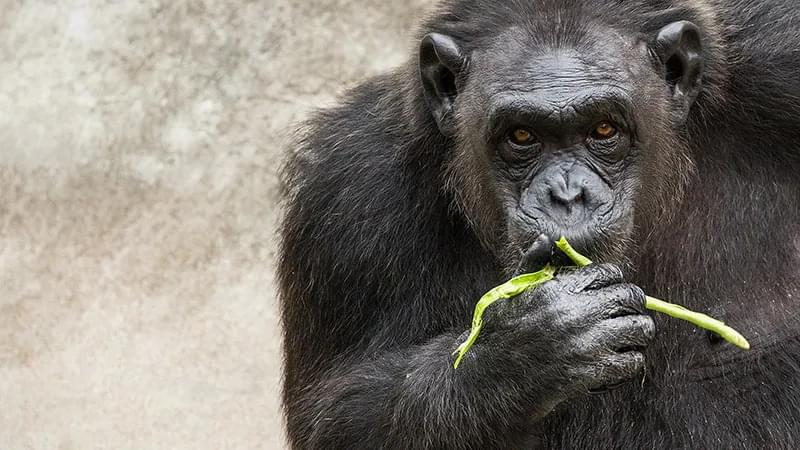
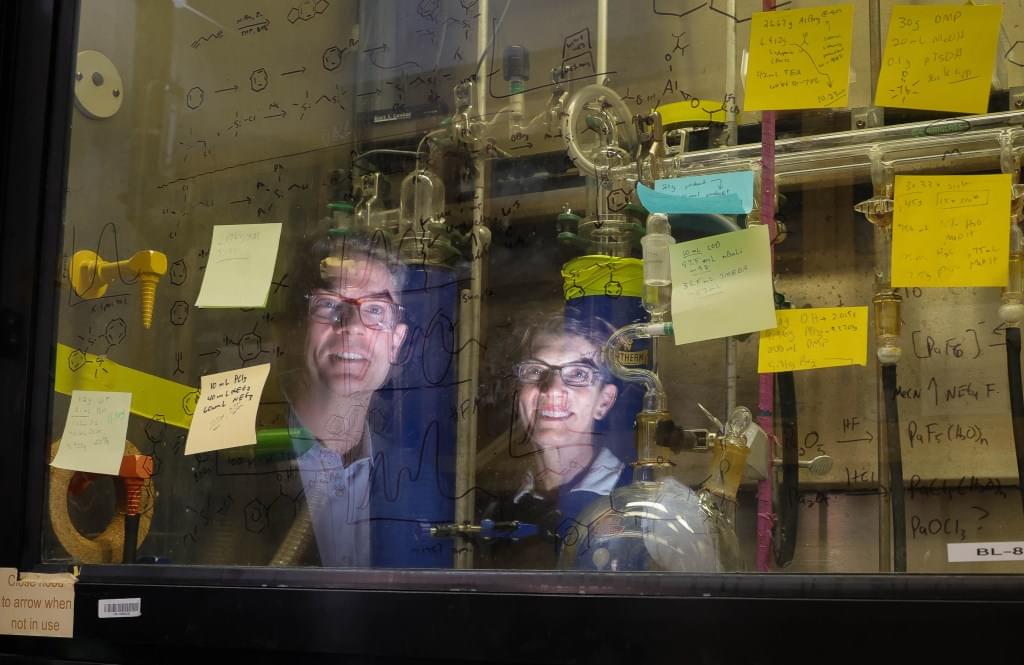

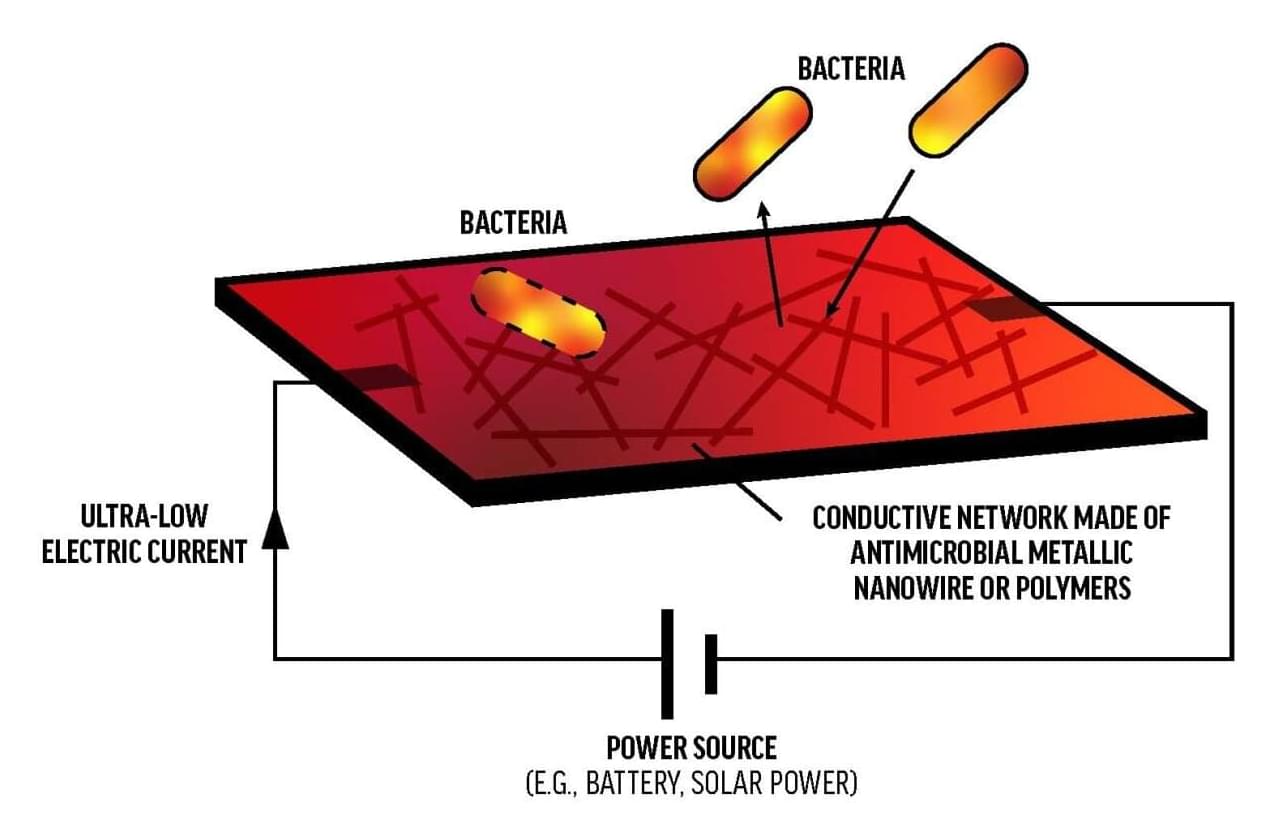
Metals like silver, gold and copper can kill bacteria and viruses. An electric current can also eliminate microorganisms. A team of U of A researchers combined the two approaches and created a new type of antimicrobial surface.
“It is a synergistic effect,” said physicist Yong Wang, one of the lead researchers on the project. “It’s not like 1+1=2. When we combine the two, it’s much more effective.”
In lab tests, the new technology, which uses thin nanowires of silver to carry a microampere electric current, eliminated all the E. coli bacteria on glass surfaces.